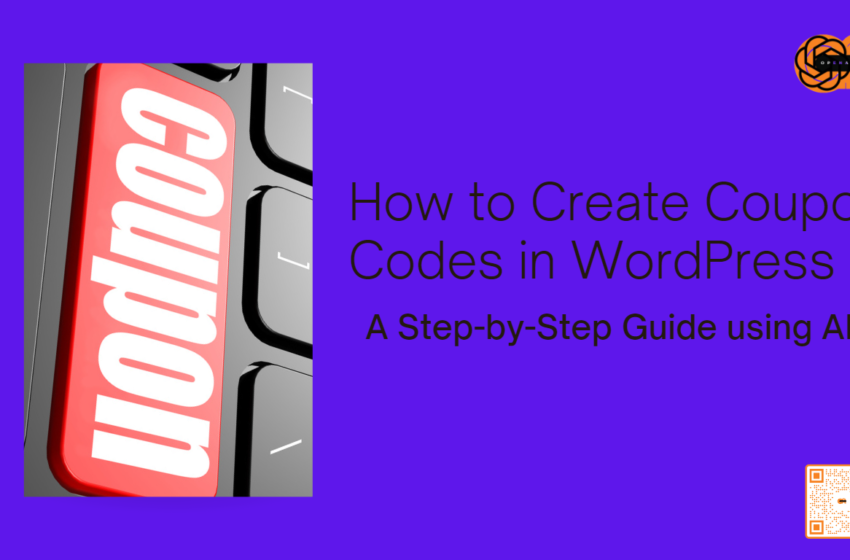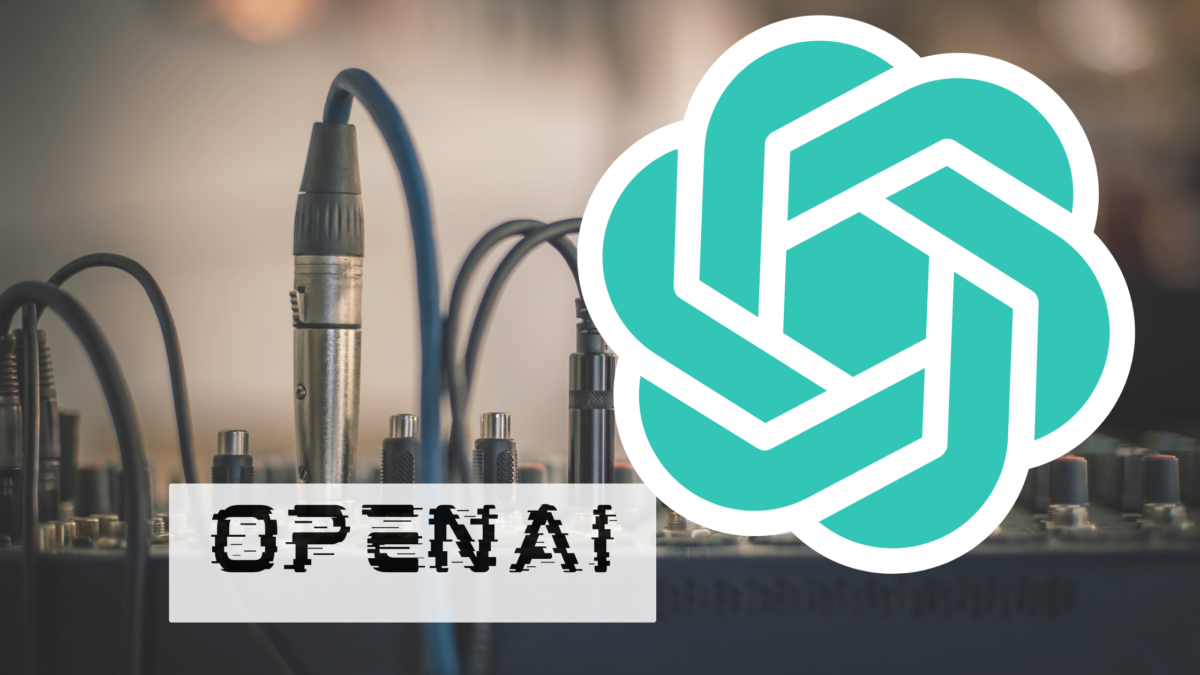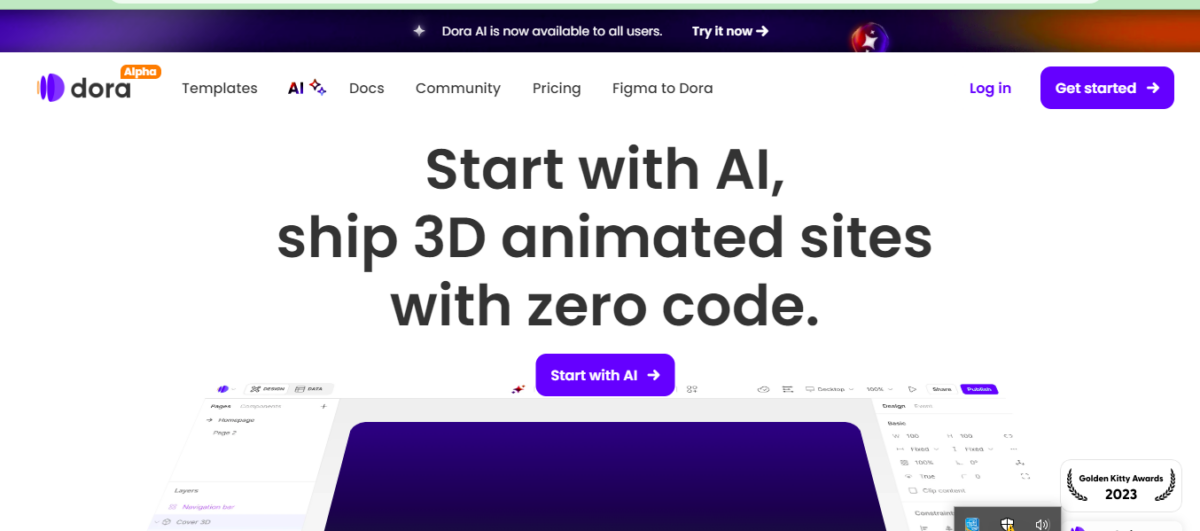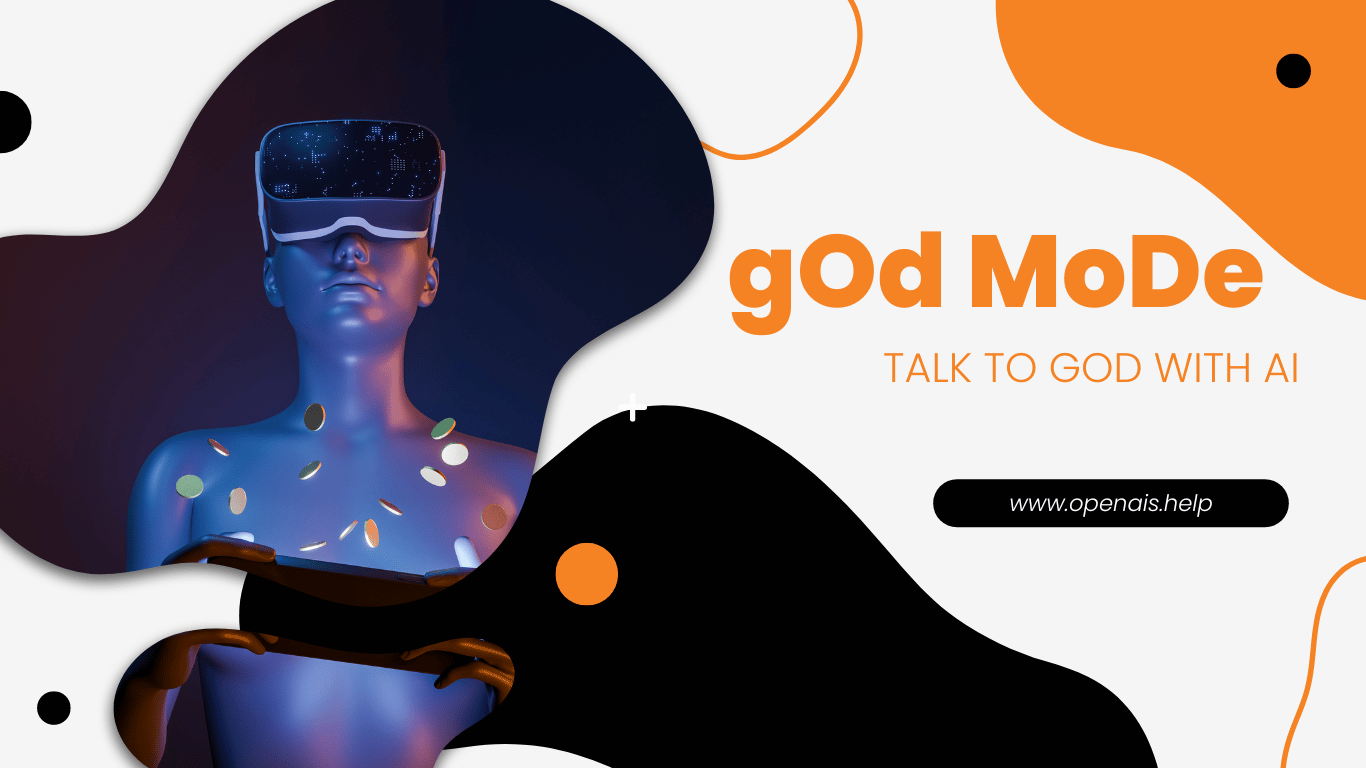
Introduction:
With the rapid advancement of artificial intelligence and natural language processing, a fascinating creative avenue has emerged – the ability to create faceless videos using ChatGPT. This innovative technique allows content creators, filmmakers, and artists to produce captivating videos while preserving privacy, anonymity, or artistic expression. In this article, we will explore the process of creating faceless videos using ChatGPT and delve into the potential applications and ethical considerations surrounding this emerging trend.
Generating the Script:
The first step in creating a faceless video is to generate a compelling script. This involves using ChatGPT to engage in a conversation with the model, providing it with prompts and questions to elicit desired responses. By guiding the conversation strategically, one can extract engaging dialogue that forms the backbone of the video’s narrative.
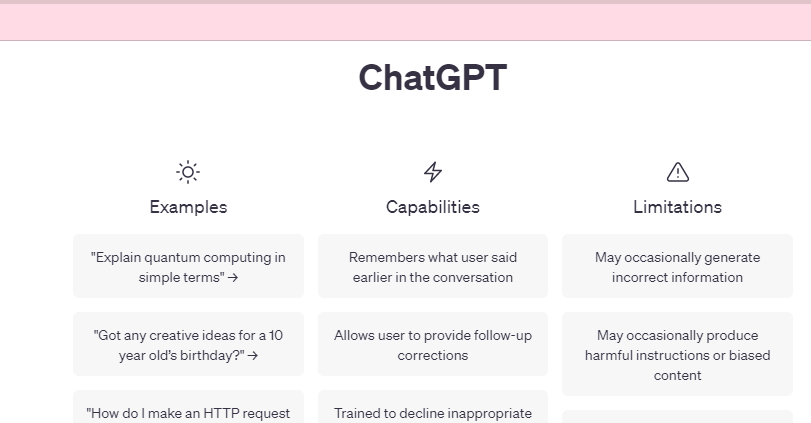
ChatGPT is a state-of-the-art language model developed by OpenAI. Trained on vast amounts of data, it possesses the ability to generate coherent and contextually relevant responses. By leveraging this technology, content creators can harness its power to create faceless videos.
Storyboarding and Visual Conceptualization:
Once the script is generated, it’s time to move onto storyboarding and visual conceptualization. While the videotape won’t feature the creator’s face, it can incorporate a wide range of graphics similar as robustness, textbook overlays, stock footage, or cultural rudiments to enhance the storytelling. The storyboard serves as a roadmap, outlining the sequence of scenes and their corresponding visual rudiments.

Visme.co caters to a wide range of content creation needs. Whether you’re designing engaging presentations, interactive infographics, captivating social media graphics, or professional reports, Visme.co has got you covered.
Voiceover and Audio Design
With the script and visual concepts in place, the coming step is to record the voiceover. By engaging a professed voice artist or employing textbook- to- speech technology , the script can be transformed into a captivating narrative. Simultaneously, attention should be given to audio design, incorporating sound effects and background music to complement the video’s mood and atmosphere.

Media.io is a versatile online media conversion tool that simplifies the process of transforming your media files into different formats. With its user-friendly interface, wide range of conversion options, and commitment to quality, Media.io provides a reliable solution for all your media conversion needs. Whether you’re an individual, student, professional, or content creator, Media.io offers a convenient and efficient way to convert your media files while maintaining their integrity.
Video Production:
In the videotape product phase, the visual rudiments are combined with the voiceover and audio to produce a cohesive final product. This can be achieved using videotape editing software, where the scenes are arranged, transitions are applied, and goods are added to align with the story’s pacing and tone. The focus is on creating a visually engaging experience while maintaining the obscurity of the creator.

Vimeo.com seamlessly integrates with other platforms and services, making it easy to embed videos on websites, share them on social media, or integrate them into other online projects.
Ethical Considerations:
As with any emerging technology, creating faceless videos using ChatGPT raises ethical considerations. It is important to use this technique responsibly and with respect for privacy and consent. Obtaining proper permissions for the use of any third-party content, adhering to copyright laws, and avoiding deceptive practices are essential. Transparency with the audience about the nature of the video is crucial to maintain trust and integrity.
Potential Applications:
The applications of faceless videos using ChatGPT are diverse. Content creators can employ this technique to deliver sensitive or controversial information without exposing their identity, ensuring personal safety. It can be used in educational videos, documentaries, or public service announcements, where the focus is on the message rather than the presenter. Additionally, artists can explore creative expression by removing the visual presence of the creator, allowing the audience to focus solely on the content.
Conclusion:
Creating faceless videos using ChatGPT presents an exciting opportunity for content creators to explore new realms of storytelling while preserving anonymity, privacy, or artistic expression. By following the steps outlined in this article and adhering to ethical guidelines, one can leverage the power of ChatGPT to produce compelling videos that captivate audiences and spark meaningful conversations. As this technology continues to evolve, it is essential to navigate its applications with responsibility and integrity, embracing its potential while considering the broader ethical implications.


